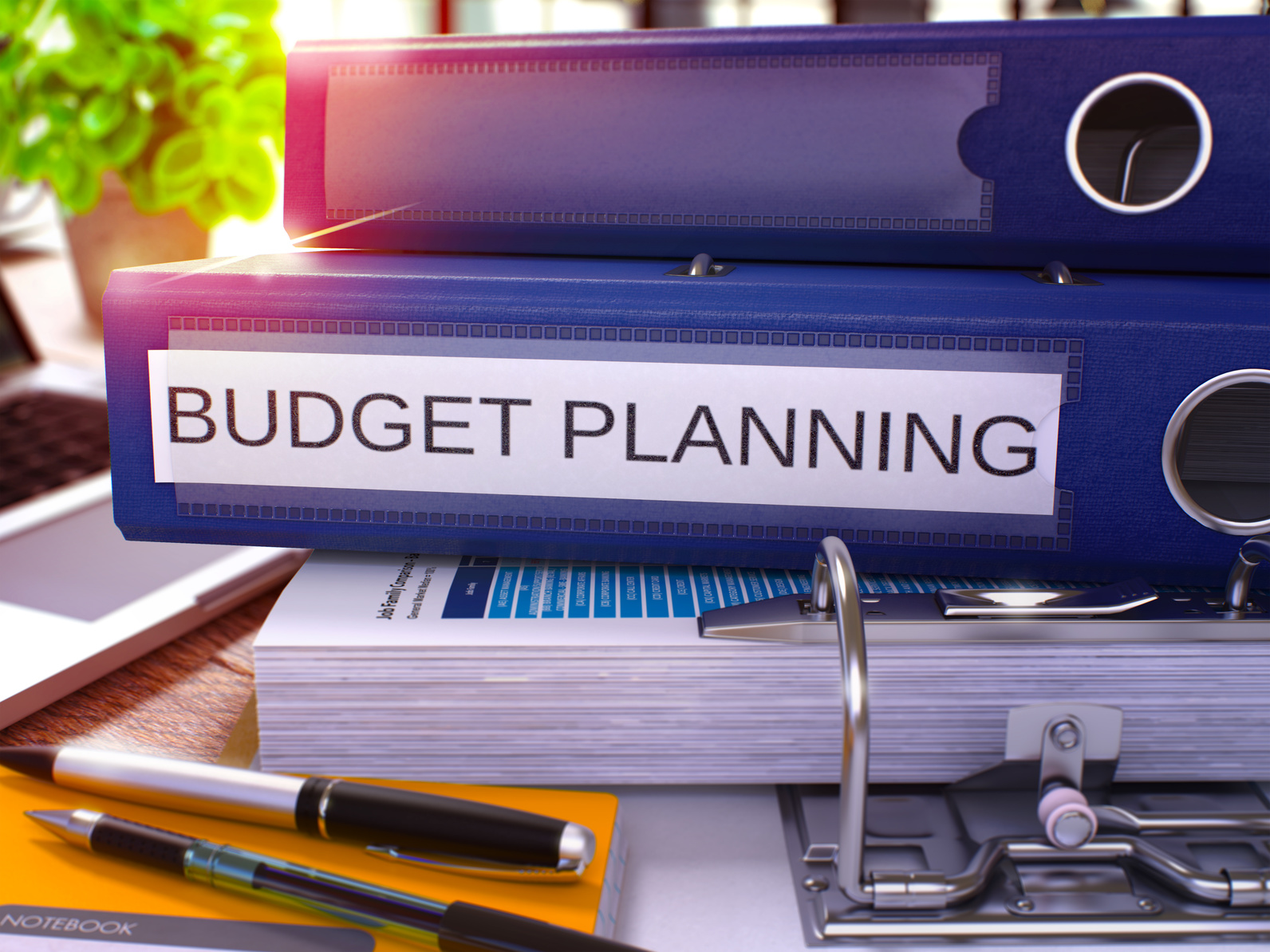The Three Elements of a Successful Budget

In our e-book, Best Practices for Budgeting, Planning, and Forecasting, we go over each aspect of creating a successful budgeting or forecasting process, from understanding why we budget in the first place to transforming the once-a-year budgeting process into corporate performance management.
We also discuss the three elements of a successful budget: the people, the data, and the process. When each of these components are working together, companies are able to create successful, insightful budgets that provide your business with more than just numbers. Instead, they give you the context and knowledge to respond to inevitable market changes with quickness and agility.
The people
You can’t create a solid budget if your people aren’t invested in the process. But how do you ensure that they are invested? Budgeting is hardly a favorite task for most workers, after all.
If you want that investment, you have to give people a reason to care about the budget. These reasons may differ from company to company, industry to industry, but it’s best to stay away from anything punitive. Instead of threatening departments with budget cuts if they don’t make their numbers, you could focus on how an accurate budget will give employees insight into how to improve the company’s – and their – success.
Your people also have to be held accountable for their contributions to the budget. This is to avoid having your employees or colleagues enter numbers thoughtlessly. You don’t want a simple guesstimate based on last year’s numbers – you want numbers arrived at through thoughtful, reasoned analysis.
To get to that point, people must know that they may have to explain the entries they put in. And at the same time, they have to know that you’ll be accountable for any changes you make to their entries.
Finally, you have to give everyone enough time to complete their sections. If people are rushed, you won’t get that thoughtful analysis that is necessary for a truly useful budget.
The data
Your data is the numbers that you collect during the budget process. At this point, that’s all you’ve got: data, not information. The data is translated to information only after you’ve been able to process and analyze it, toward the end of the budget process.
When you’re working with your data, there are four things to consider:
Detail. What level of detail should you attempt to capture? The simple answer is: as much as possible. While you can always condense too much detail, you can’t drill down into nonexistent details.
Drivers. The concept of drivers is best explained by the equation R = P x Q, where R = Revenue, P = Price, and Q = Quantity. While most companies budget for revenue, they don’t always take into account the fact that revenue is a direct result of price and quantity. You have to get your P and Q numbers correct if you want the revenue numbers to make sense. Otherwise, you risk being wildly incorrect in your assumptions.
External information. What other information is available that might inform your budgeting process? Market trends, regulatory changes, and exchange rates, for example, would fall into this category.
Timeliness. Your data must be timely, or current, if it is to be useful. Often, the numbers people are working with are out-of-date by weeks or months, due to ineffective processes for gathering and/or inputting the data. Focus on providing your people with data that’s as up-to-date as possible.
The process
The process involves bringing your people and your data together. There are lots of things to consider in developing your budgeting process, starting with accessibility. How easy is it for your employees to access the data, documents, and other things they’ll need to input their numbers? The easier it is, the stronger your end product will be.
Another thing to consider is security. Are you striking the right balance between effectively securing your data and allowing people to access what they need? Forcing people to seek approval to view information that’s critical to their participation in the budget is a surefire way to decrease how invested they’ll feel in the process.
Confidence is another vital component. If you or your employees don’t have confidence in the numbers going in to the budget, then the document is useless. You can make sure people do have that confidence by making sure they have the time and information to enter carefully reasoned data, instead of rushing to enter pure assumptions.
Following these best practices can help you and your organization wade through the complexity of the budgeting process and ensure that the document you end up with actually helps you move your business toward its goals. If you liked what you read here, download the entire e-book, Best Practices for Budgeting, Planning, and Forecasting.



